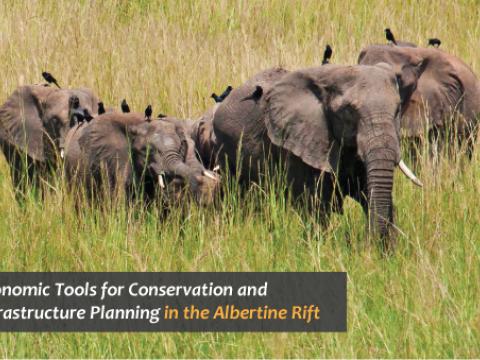Economic Tools for Conservation and Infrastructure Planning in the Albertine Rift
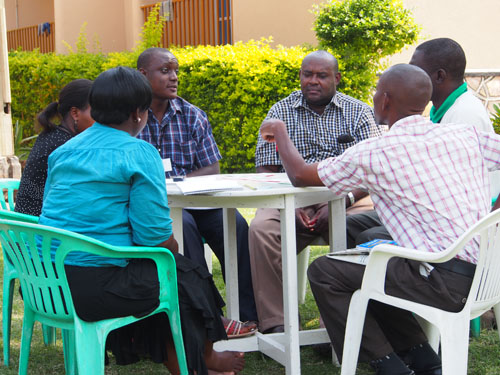
From June 11-22, 2012, twenty-eight environmental professionals from eight African nations gathered at the Rwenzori International Hotel in Kasese, Uganda to learn how economic approaches can help them address environmental impacts of infrastructure development in the Albertine Rift. CSF’s Economic Tools for Conservation and Infrastructure Planning in the Albertine Rift course drew representatives from Uganda, Democratic Republic of Congo, Rwanda, Burundi, Kenya, Tanzania, Ethiopia and Botswana. These participants were selected from a pool of over 250 hopeful applicants.
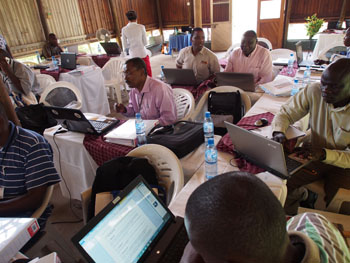
The course was delivered in partnership with the Ugandan National Environmental Management Agency (NEMA) and was made possible through the support of the United States Agency for International Development, the Wildlife Conservation Network, and the Handsel Foundation. During the course, participants learned basic economic fundamentals, natural resource and environmental economics, techniques for valuing environmental goods and services, and how to evaluate the costs and benefits of projects affecting the environment, particularly infrastructure projects.
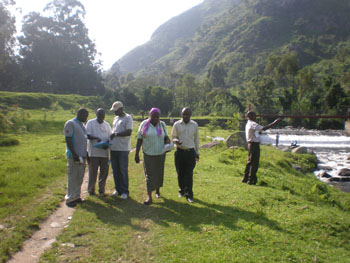
The session also included two first-rate field trips - one to a nearby community where we were able to see the impacts of recent hydroelectric dam development. The other was to Queen Elizabeth National Park, situated on the edge of the rift valley floor and bordering DRC and Rwanda. The park is Uganda’s most-visited and home to over 500 species of birds and 100 species of mammals, including tree climbing lions, leopards, elephants, chimpanzees and the world’s highest concentration of hippos.
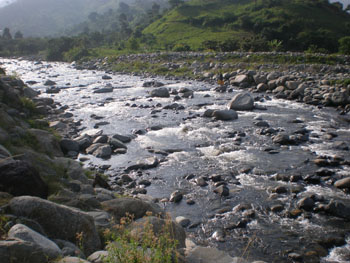
Lively soccer games and dancing to music from various parts of Africa rounded out participants’ free time. The participants left the course excited and motivated to use their new economic knowledge and tools to address the significant infrastructure development threats in the region. We will be conducting follow up economic analyses with selected graduates on specific infrastructure issues in the Albertine Rift such as oil exploration, road development, and hydroelectric projects.
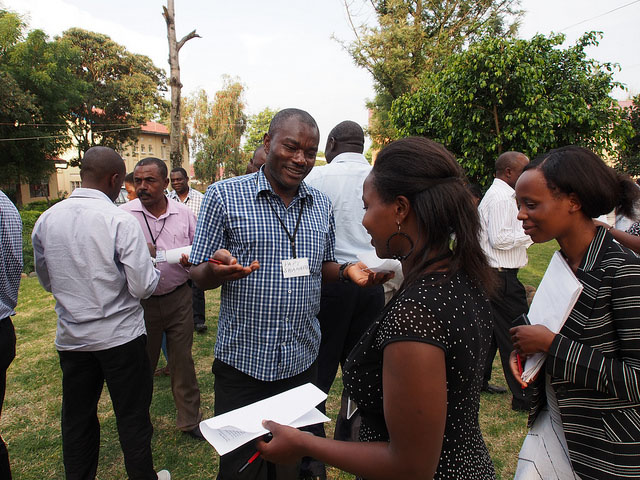
We will also be working with participants from Ethiopia and Botswana to explore how they can apply these tools to infrastructure development, wildlife management, protected areas and other critical environmental issues. We are pleased to see the great interest and demand in the region for training in economics applied to conservation, and CSF is planning a second course in DRC in 2013. This course was made possible by the support of the American People through the United States Agency for International Development (USAID), Wildlife Conservation Network and the Handsel Foundation.
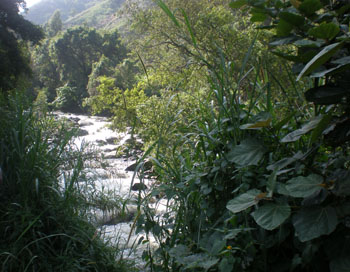
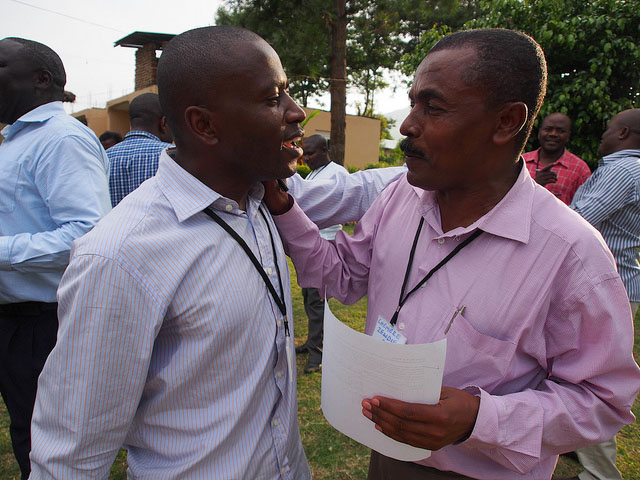
- Log in to post comments

